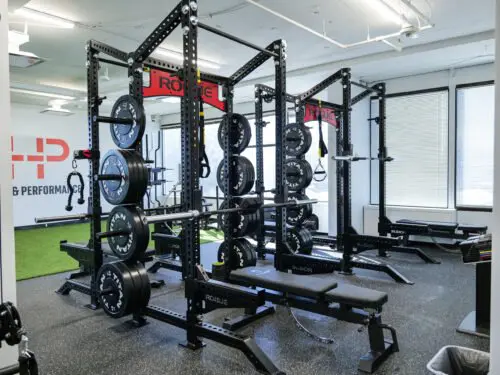As a passionate Boston Celtics fan, I’m thrilled to share that our team is up 2-0 in the NBA Finals! Just two more wins, and the Celtics will secure their 17th Championship. However, the excitement is tempered by the news that one of our star players, Kristaps Porzingis, recently suffered a rare foot/ankle injury towards the end of the latest game.
Porzingis had already been sidelined for over a month due to a calf injury, and he admitted he wasn’t entirely sure he was 100% healthy before the Finals began. This highlights a critical issue in professional sports: the risks associated with returning to play before fully recovering from an injury. Physical therapy plays a pivotal role in ensuring athletes like Porzingis can return to peak performance safely.
The Risks of Premature Return to Play
Returning to play before fully recovering can significantly increase the risk of re-injury or new injuries. When one part of the body is not operating at 100%, compensatory movements can stress other areas, leading to additional injuries. This scenario isn’t uncommon in professional sports, where athletes often face the difficult decision of whether to return to play early.
In the 2019 NBA Finals, former Golden State Warriors superstar Kevin Durant ruptured his Achilles tendon when he quickly returned to play after a calf injury. This tragic incident underscores the importance of proper injury management and the role of physical therapy in the recovery process. NBA medical staffs and the amazing athletes they work with are acutely aware of these risks.
Kristaps Porzingis: A Case Study in Risk Versus Reward
In Porzingis’ case, he deemed the risk worthwhile, having reached the pinnacle of professional basketball. This risk versus reward decision is one every athlete faces, but it’s crucial to manage it wisely. Physical therapy provides the tools and guidance needed to navigate this challenging landscape.
If you’re dealing with a nagging injury or planning to return to training post-injury, it’s essential to assess your risk versus reward scenario carefully. Unlike Porzingis, you might not have a championship at stake, and avoiding further injury is paramount. This is where physical therapy becomes indispensable.
The Role of Physical Therapy in Injury Recovery
Physical therapy is not just about addressing the injury itself but also about ensuring a comprehensive recovery that minimizes the risk of future injuries. A qualified sports physical therapist can assess your injury, identify any compensatory movements, and develop a personalized recovery plan. This plan will not only address the injury but also strengthen the affected area and improve overall body mechanics.
By consulting a physical therapist, you can ensure that your recovery is complete and that you’re fully prepared to return to your favorite activities safely. Physical therapy also educates you on injury prevention strategies, helping you maintain peak physical condition and avoid setbacks.
Take the First Step Towards Safe Recovery
To lower your risk and safely return to your beloved activities, consult a qualified sports physical therapist. They can assess your injury and guide you through a safe recovery process. Physical therapy is a critical component of sports medicine, providing the expertise and support needed for athletes and active individuals alike to recover fully and perform at their best.
If you’re managing your own nagging injury or returning to training after being hurt, don’t take unnecessary risks. Physical therapy can help you achieve a safe and effective recovery, ensuring that you can enjoy your activities without the fear of re-injury.
Schedule Your Physical Therapy Evaluation Today
Don’t let an injury hold you back. Contact us to schedule a sports physical therapy evaluation with our expert team. We’re here to help you get back in the game safely and effectively.





